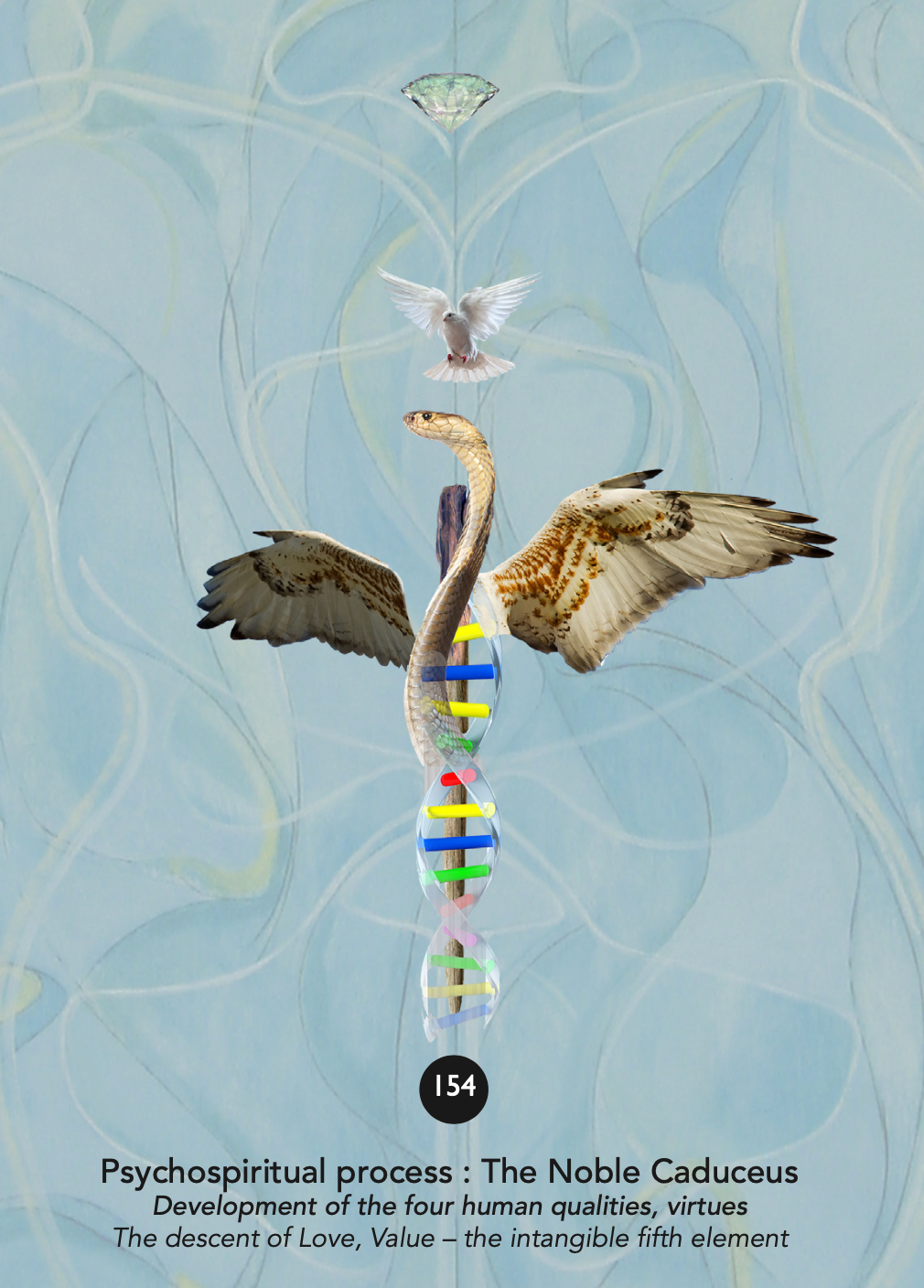Surrender
Remembrance of the Source
Surrender is a powerful word, and its meaning depends on context. In one setting, it might suggest giving up or losing—a military defeat, a legal consequence, or backing down in an argument. But in inner work, surrender has a different purpose: it’s about yielding to something greater than ourselves.
In Russian, the word for surrender is подчиненный, meaning “to be subordinate.” This reflects one view—but in spiritual practice, surrender isn’t about giving up in defeat. It’s about letting go of control and opening to a deeper intelligence.
We’ve added the symbol of the dove to our version of the caduceus. The dove represents peace, the Holy Spirit, and the return to Source—like the dove in the story of Noah that returned with an olive branch. It is a symbol of grace, and of surrender that leads upward, not downward.

We can surrender to what is lower—old habits, fears, pride, or confusion. Or we can choose to surrender to what is higher: truth, clarity, presence, and love. The choice is always ours.
The dove sits above the eagle in our updated caduceus. While the eagle represents the powerful mind—sharp, far-seeing, and clever—it can also become obsessive or predatory. If we aren’t careful, this part of us can overwhelm the dove. That’s why surrender matters: it brings balance, humility, and connection to a greater wisdom beyond our own thoughts.
In nearly every spiritual tradition, surrender is a central practice. It means bowing our heads, letting go of pride, and offering ourselves to a deeper truth.
Related Articles:
- The Noble Human
- Value
- Undifferentiated Human